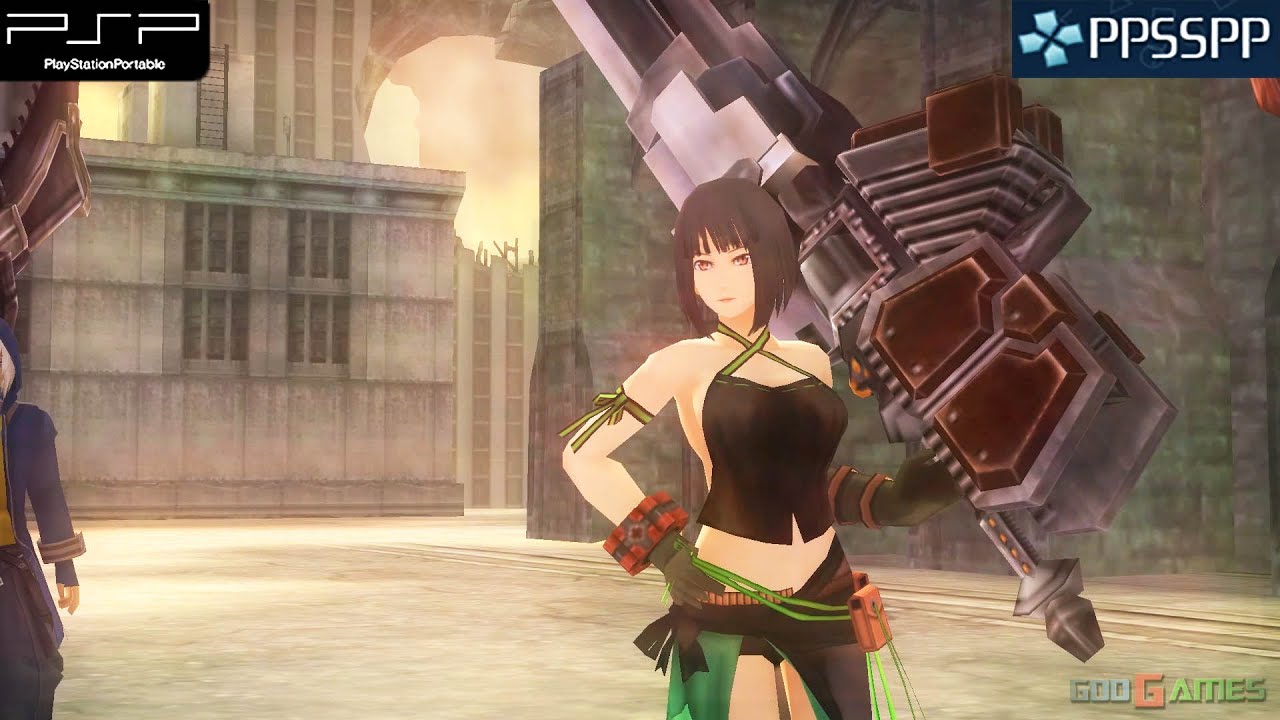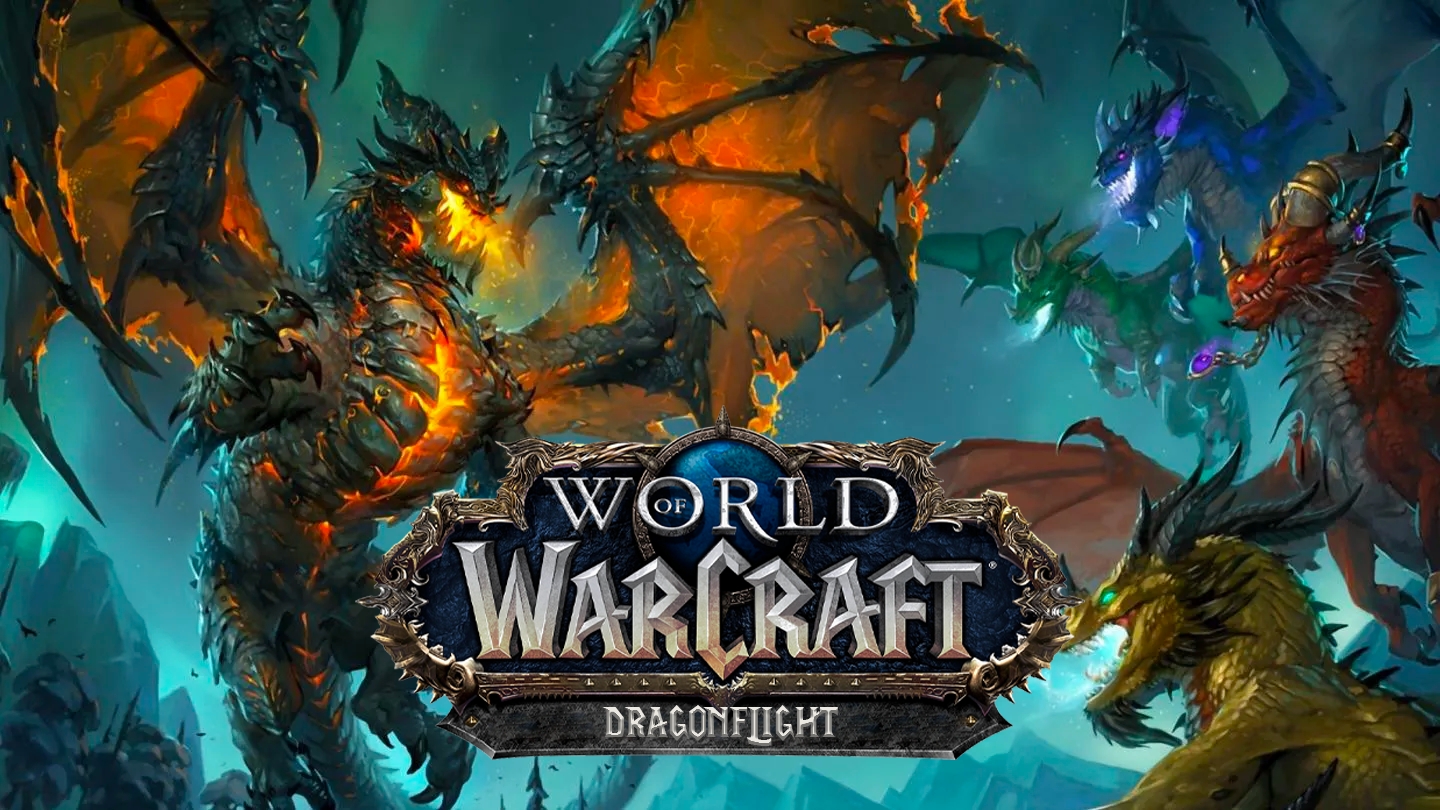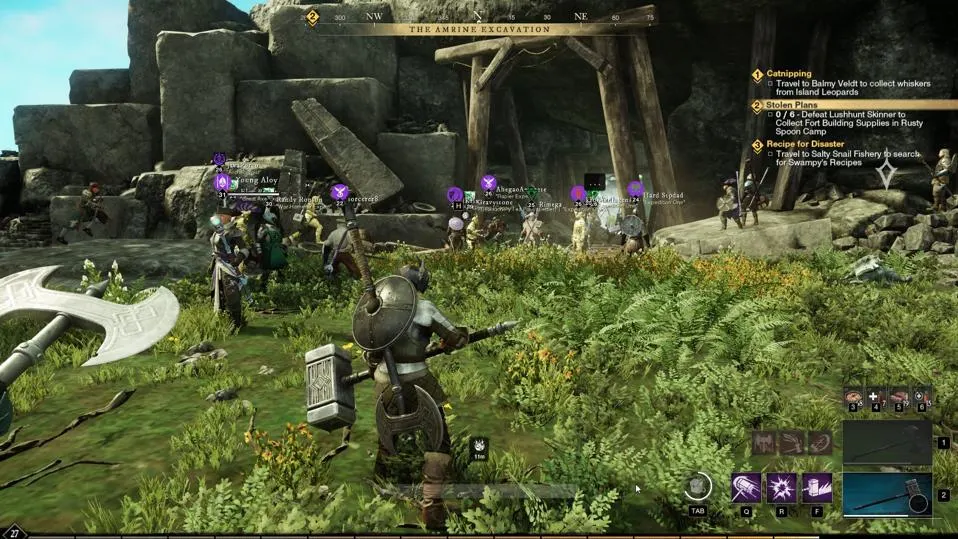Introduction
Gods Eater Burst is an action-packed role-playing game developed by Shift and published by Bandai Namco Entertainment. Originally released in Japan in 2010 as God Eater Burst, this enhanced version of the original God Eater game became popular for its fast-paced combat and monster-hunting gameplay. In this detailed review, we’ll explore the key aspects of Gods Eater Burst, including its gameplay, storyline, graphics, and sound. We’ll also provide an overview of how it was received by both critics and players. Additionally, a FAQ section will address common questions about the game.
Gameplay Mechanics
Monster Hunting and Combat System
One of the standout features of Gods Eater Burst is its intense monster-hunting gameplay. The game pits players against giant creatures known as Aragami, which they must hunt down using a variety of powerful weapons known as God Arcs.
- Fast-Paced Combat: The combat in Gods Eater Burst is fast and fluid, allowing players to switch between melee and ranged attacks seamlessly. The God Arc, a versatile weapon that can transform between a sword, gun, and shield, is central to the gameplay. This flexibility allows players to adapt their combat style to different types of Aragami, making each battle feel unique.
- Devour System: A key mechanic in the game is the Devour System, which allows players to consume parts of the Aragami during combat. This not only powers up the player’s God Arc but also grants access to special abilities and buffs. Mastering the Devour System is essential for taking down tougher enemies.
- Mission-Based Structure: The game is structured around missions, where players are tasked with hunting down specific Aragami. Missions can be completed solo or with AI-controlled teammates, offering a variety of challenges and objectives.
Weapon Customization and Character Progression
Customization plays a significant role in Gods Eater Burst, giving players the ability to tailor their characters and equipment to their playstyle.
- God Arc Customization: Players can upgrade and customize their God Arcs with various parts and abilities. This customization is crucial for adapting to different Aragami and mission types. Whether focusing on brute force, speed, or ranged attacks, players can modify their weapons to suit their preferences.
- Character Skills: As players progress, they can unlock and equip various skills that enhance their combat abilities. These skills can provide passive bonuses or active abilities, allowing for further personalization of the gameplay experience.
- Team Dynamics: The game allows players to bring AI-controlled teammates into missions. These teammates can be equipped with different weapons and skills, providing additional support and strategy during hunts.
Storyline and Narrative
The Post-Apocalyptic Setting
Gods Eater Burst is set in a post-apocalyptic world where humanity is on the brink of extinction due to the emergence of the Aragami. The remaining survivors have gathered in fortified cities, protected by an organization known as Fenrir, which specializes in Aragami extermination.
- Engaging Narrative: The game’s story follows a new recruit in Fenrir, who quickly rises through the ranks while uncovering the mysteries behind the Aragami and the origins of the God Arcs. The narrative is driven by a mix of personal and global stakes, with players gradually unraveling the secrets of the world.
- Character Development: The game features a diverse cast of characters, each with their own backstory and motivations. Interactions with these characters play a significant role in the narrative, providing depth to the story and creating emotional connections with the player.
- Multiple Story Arcs: As players progress through the game, they encounter multiple story arcs that add layers to the overarching plot. These arcs often involve moral dilemmas, personal sacrifices, and the consequences of humanity’s desperate fight for survival.
Themes and Symbolism
Gods Eater Burst explores several themes and uses symbolism throughout its narrative:
- Survival and Sacrifice: The game emphasizes the themes of survival and sacrifice, as characters are constantly faced with the reality of their situation. The struggle to protect humanity from extinction is central to the story, highlighting the lengths to which people will go to ensure their survival.
- Humanity vs. Monsters: The game blurs the lines between humans and monsters, exploring the idea of what it means to be human in a world overrun by monstrous beings. This theme is reflected in the transformation of God Arcs and the connection between Aragami and humans.
Graphics and Art Style
Visual Presentation
Gods Eater Burst is notable for its distinctive art style and graphical presentation:
- Anime-Inspired Art: The game features an anime-inspired art style, with character designs and animations that are vibrant and expressive. This aesthetic choice enhances the game’s appeal, particularly for fans of anime and Japanese RPGs.
- Detailed Environments: The environments in Gods Eater Burst are detailed and diverse, ranging from desolate urban landscapes to overgrown wilderness areas. The post-apocalyptic setting is well-realized, with each location contributing to the overall atmosphere of the game.
- Aragami Designs: The Aragami are creatively designed, with each type of creature possessing unique visual characteristics and behaviors. The design of these monsters adds to the challenge and excitement of hunting them down.
Performance and Technical Aspects
While Gods Eater Burst was originally released for the PSP, the game’s technical aspects hold up well:
- Smooth Performance: The game runs smoothly on the PSP, with minimal load times and consistent frame rates. This ensures that the fast-paced combat remains fluid and responsive.
- Cutscenes and Animations: The game features animated cutscenes that are well-integrated into the story. These cutscenes are visually impressive, adding to the cinematic quality of the narrative.
Sound and Music
Audio Design
The sound design in Gods Eater Burst enhances the immersive experience of the game:
- Combat Sounds: The audio effects during combat are impactful, with each swing of the God Arc and every explosion resonating with power. The sound of Aragami roaring and the clash of weapons adds to the intensity of the battles.
- Voice Acting: The game features full voice acting for its characters, which brings the story and dialogues to life. The performances are well-done, adding emotional depth to the narrative.
Musical Score
The music in Gods Eater Burst complements the game’s themes and action:
- Dynamic Soundtrack: The game’s soundtrack is dynamic, with music that changes based on the intensity of the action. The score ranges from haunting melodies during exploration to adrenaline-pumping tracks during combat, effectively setting the mood for each situation.
- Memorable Themes: Several musical themes in the game are memorable, leaving a lasting impression on players. These tracks often play during key story moments, heightening the emotional impact of the narrative.
Reception and Reviews
Critical Reception
Gods Eater Burst received generally positive reviews from critics upon its release:
- Engaging Gameplay: Critics praised the game’s fast-paced and satisfying combat system. The versatility of the God Arc and the depth of the Devour System were highlighted as standout features.
- Strong Storyline: The game’s narrative was well-received, with particular praise for its character development and the emotional weight of its story arcs. The post-apocalyptic setting and themes resonated with many players.
- Graphics and Art Style: The anime-inspired art style and detailed environments were appreciated, with critics noting that the game’s visuals held up well despite being on the PSP. The creative design of the Aragami was also highlighted as a strong point.
- Repetitive Missions: Some critics mentioned that the mission-based structure could become repetitive over time. While the combat and customization offered variety, the core gameplay loop might feel monotonous for some players.
Player Feedback
Player feedback for Gods Eater Burst has been largely positive, with fans of the genre particularly enjoying the game:
- Addictive Combat: Players have praised the combat system for being both fun and addictive. The ability to customize weapons and characters adds depth to the gameplay, making it a favorite among action RPG enthusiasts.
- Character Interactions: The interactions between characters and the story’s emotional moments have resonated with many players. The relationships built throughout the game contribute to the overall enjoyment of the narrative.
- Difficulty Curve: Some players have noted that the game can be challenging, especially during later missions. However, this difficulty is often seen as a positive aspect, encouraging players to master the game’s mechanics.
- Replay Value: The game’s various missions, weapon customization options, and unlockable content have been praised for adding replay value. Players enjoy returning to the game to try different strategies and builds.
Conclusion
Gods Eater Burst stands out as a compelling action RPG with a unique blend of fast-paced combat, deep customization, and a narrative-rich experience. Its anime-inspired art style, engaging storyline, and challenging gameplay make it a must-play for fans of the genre. While the mission-based structure may feel repetitive to some, the game’s strengths in other areas more than make up for it. Whether you’re a newcomer to the series or a seasoned monster hunter, Gods Eater Burst offers an exciting and rewarding experience.
FAQ – Gods Eater Burst
What platforms is Gods Eater Burst available on?
Gods Eater Burst was originally released for the PlayStation Portable (PSP). It has since been re-released as part of the God Eater Resurrection for other platforms, including PlayStation 4, PlayStation Vita, and PC.
How does the God Arc weapon system work?
The God Arc in Gods Eater Burst is a versatile weapon that can transform between different forms: a melee weapon, a ranged gun, and a shield. Players can customize and upgrade their God Arc with various parts to enhance its abilities and tailor it to their combat style.
What is the Devour System in Gods Eater Burst?
The Devour System allows players to consume parts of the Aragami during combat, powering up their God Arc and unlocking special abilities. This system is crucial for gaining an advantage in battles and enhancing the player’s combat potential.
Can Gods Eater Burst
Yes, Gods Eater Burst features multiplayer modes where players can team up with others to take on missions and hunt Aragami together. The game supports both local and online multiplayer, adding a social aspect to the monster-hunting experience.
Is there a sequel to Gods Eater Burst?
Yes, Gods Eater Burst is part of the God Eater series, which includes several sequels and spin-offs. The direct sequel is God Eater 2, which continues the story and introduces new gameplay mechanics



